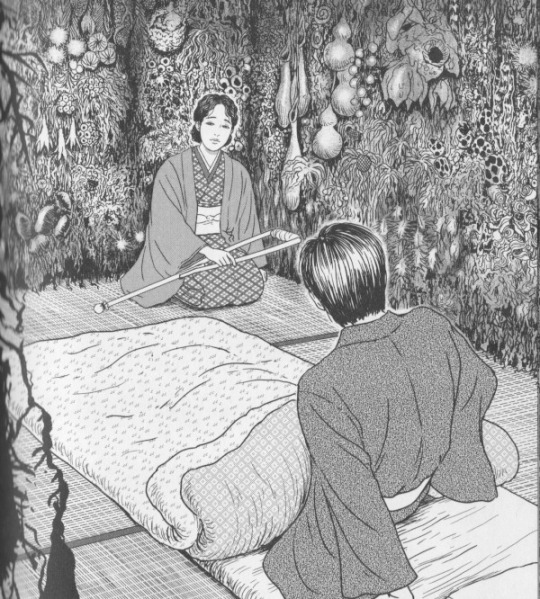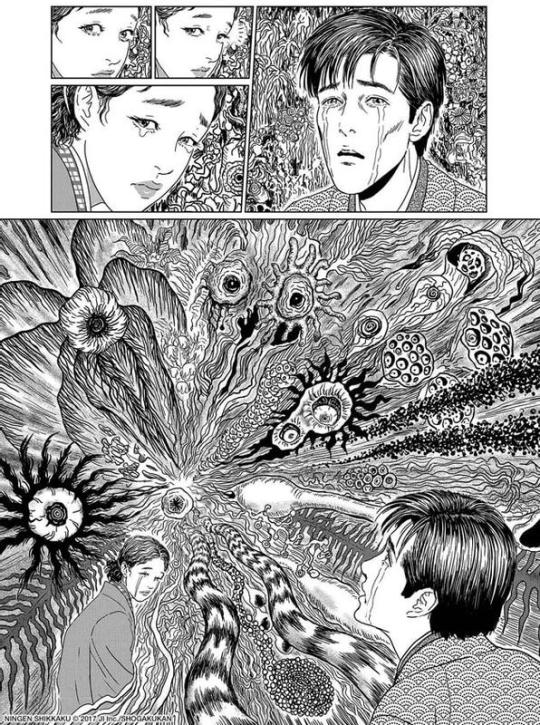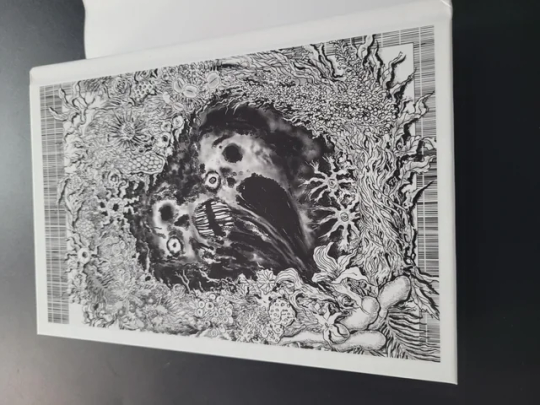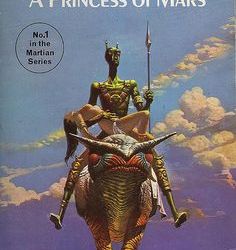#this is inspired by junji ito's illustrations for no longer human
Explore tagged Tumblr posts
Text

love of my life. // follow up to yesterday's claudia post
#this is inspired by junji ito's illustrations for no longer human#kaitsart#something something one last kiss i love you like an alcoholic#interview with the vampire#interview with the vampire 2022#interview with the vampire fanart#iwtv fanart#iwtv#amc iwtv#iwtv 2022#iwtv s2#iwtv season 2#louis de pointe du lac#jacob anderson#armand iwtv#assad zaman#ms paint#loumand#armand
2K notes
·
View notes
Text
Books & B-T
Books/stories that might have inspired B-T lyrics or albums:
Salome by Oscar Wilde Midsummer Night's Dream by Shakespeare Hamlet by Shakespeare Mona Lisa Overdrive by William Gibson Neuromancer by William Gibson Solaris by Stanisław Lem Do Androids Dream of Electric Sheep by Philip K. Dick Alice in Wonderland by Lewis Lewis Carroll Season in Hell Arthur Rimbaud The Stranger by Albert Camus Fantomas by Marcel Allain & Pierre Souvestre Locus Solus by Raymond Roussel Les Enfants Terribles by Jean Cocteau The Fall of Icarus by Ovid Dada Manifesto by Hugo Ball The Surrealist Manifesto by André Breton The Rosicrucian manifestos The Story of Little Black Sambo by Helen Bannerman JoJo's Bizarre Adventure by Hirohiko Araki Hearts by Kumi Himeno The Soul of the Night by Chet Raymo Vita Mechanicalis by Inagaki Taruho Akira by Katsuhiro Otomo
Books mentioned by Acchan:
Villain by Shuichi Yoshida A Collection of Crime Stories by Shuichi Yoshida Ikari by Shuichi Yoshida Kokuhou by Shuichi Yoshida Kokoro by Natsume Soseki Audition by Ryu Murakami Coin Locker Babies by Ryu Murakami The World Five Minutes From Now by Ryu Murakami No Longer Human by Osamu Dazai The Setting Sun by Osamu Dazai Hakyoku by Tono Haruka Kairyou by Tono Haruka Neko Nari by Numata Mahokaru Shibireru by Numata Mahokaru Kugatsu ga Eien ni Tsuzukeba by Numata Mahokaru Yurigokoro by Numata Mahokaru On Decadence by Sakaguchi Ango Confessions of a Mask by Yukio Mishima Death Spirits by Yutaka Haniya Living Tips by Itsuki Hiroyuki Grotesque by Natsuo Kirino Shiki by Fuyumi Ono Bride of Deimos written by Etsuko Ikeda & illustrated by Yuho Ashibe The Flowers of Evil by Charles Baudelaire The Picture of Dorian Gray by Oscar Wilde Crime and Punishment by Fyodor Dostoevsky Notes from the Underground by Fyodor Dostoevsky Night on the Galactic Railroad by Kenji Miyazawa Gedou no uta by Daisuke Watanabe Tokkou no shima by Satō Shūhō
Other authors mentioned by Acchan:
Junji Ito Randi Taguchi Ryunosuke Akutagawa Yasunari Kawabata Natsuhiko Kyogoku Ayatsuji Yukito Sakuraba Kazuki Nobuyuki Fukumoto Hermann Hesse Johann Wolfgang von Goethe
Sources:
nopperabou.net Jrockarchive This is not greatest site Buck-Tick Zone Vk BT group Book list gathered by fans (twt) FT bulletins Ongaku to hito interviews Kurumi chan no Heya (FM COCOLO) B-T profiles through the years I've saved Personal scans & magazines
Feel free to add more books/novels/mangas <3
#i'll update this soon#cause i have more authors but i need to confirm the sources#buck-tick#sakurai atsushi#<3#bt books
107 notes
·
View notes
Note
hi! this is very random so please feel free to dismiss this but i really admire the way you discuss bsd and the works associated with the characters and i want to ask your opinion on something!
i am an art student majoring in illustration, and for one of my classes we've been assigned to create a full book sleeve for a classic book. we had to choose a few from a list to thumbnail out but we were also allowed to pick one or two books off of the list. normally, we aren't allowed to do fanart pieces for any of our classes but naturally i was like this is the perfect oppurtunity to do subtle bsd fanart!
i ended up deciding on wanting to no longer human since i just finished reading it not too long ago
i dont have any bsd friends irl or mutuals on here, so i wanted to see if you may have any ideas on a potential book cover (thats also just thinly vieled dazai fanart),, again no worries if not this is a pretty random request so i get it
anon I am so sorry to have let you down with my reply, I kinda forgot tumblr asks existed again ;-; I hope you did well with your assignment, I would've chosen NLH too! now let me try to make it up to you and respond as if I got this ask a few hours ago!
when I hear "No Longer Human illustration" my mind immediately goes to Junji Ito's manga adaptation. without knowing what your style looks like or how you go through the process of making art, I think of Ito's full-page spreads straight away. something about the chaos, the fine detail, and the balance of it all really draws me in. I think it beautifully captures the subtle horrors of this story and draws them to the attention of the reader in that classic style of his.



in terms of what to actually include on the cover, I have a few ideas that walk the line between dazai fanart and nlh-inspired:
needles: a nod to Mersault and Yozo's addiction. indicates dark themes and a story of one's life told via addiction (to which you could argue, Yozo was always addicted to something. I'm sorry, aot will always be within me now)
a glass of whiskey: incites buraiha, both fictional and real, and again, one of Yozo's addictions.
cigarettes and/or matches; match boxes (say it with me... addiction!)
a gravestone: odasaku; the general vibe of death
it'd also be cool to make the cover look like one of Yozo's comics, but instead of depicting his characters, depict Yozo (or even Dazai!), though this runs the risk of looking too cartoonish. or maybe a rendition of his most perfect self-portrait?
perhaps a portrait that reflects not only Yozo, Dazai (fictional) or Dazai (real), but whoever looks at it? a portrait to reflect the reader, and humanity?
I ramble. I hope this will make up for my late reply, at least!
8 notes
·
View notes
Photo



Bloog Entire Entry2
Alright so here we go another instalment of talking about stuff I like. It’s been a little while since the first entry in my second attempt at blogging and since then I finished a couple of things I was reading, and I’ve made further developments with my summer film which I will talk about this time.
First off, I finished reading A Princess of Mars by Edgar Rice Burroughs. While I was reading this book I thought it was what someone refers to when they say “pulp fiction”, it’s really not pushing any boundaries in the sci-fi genre, it doesn’t flesh out it’s characters and the hero saves the world and gets the girl with very little difficulty. As the protagonist John Carter is from Earth, once upon Mars the lesser gravity grants him super strength, not only this but the telepathic means of communication used by the martians is no obstacle for him, as he seems to be fully capable of using the ability to a higher level than the martians the moment he arrives on the planet. You never really feel like he is in any true peril, and if the book was much longer it may have gotten a little boring, however as is the theme with pulp fiction the book is a fun read for the short time it takes to read it. A Princess of Mars doesn’t provide grand new ideas or a deeper look human realtionships, but it does give a very dungeons and dragons feeling approach to sci-fi, with monsters, duels, a war between species, dungeons, princesses, tyrants and handsome Conan style protagonist. Now, upon finishing this book I wanted to send a friend a picture of the cover, I looked at the inside cover to find an artist’s name and was frankly shocked to see that this book was first published in 1912, and what I though to be a fairly rudimentary sci-fi was actually crazy ahead of it’s time. Props Edgar.
Just recently I have finished a series I mentioned in my last entry, Akira. Katsuhiro Otomo’s mastapeece spans 6 large books each costing around £15-£20 and can be easily read in one or two sittings, so it’s fair to say Akira is not particularly cheap to read unless you want to read it online which unfortunately grosses me out just thinking about. Frankly I’m glad I splurged and bought the books, Otomo’s work is in my opinion unrivalled in terms of it’s appeal and a must have for any weeb’s manga collection. It never ceases to amaze me when reading any manga that most of what is produced is created by a single person. It seems with most manga, the artists have spent their entire lives becoming intensely skilled in illustration, and a lack of ability in writing good narratives is occasionally present. As I was saying about A Princess of Mars, not every story has to be an incredible feat in storytelling, but in more mangas that not, the narrative comprises of a protagonist who walks around and fights a guy, then finds a stronger guy and beats him, then finds a stronger guy and beats him, and so on. It clearly doesn’t deter me from reading it as there are lots or other elements of creativity outside the overarching narrative, along with incredible artwork, however Akira is the first manga I’ve read that has strayed so far from the norm, juggling many different characters with integral roles in the story, protagonists who’s moral compass is far from perfect, and antagonists with complex motivations. Not one person is solely responsible for any big plot points, and at no point does a character fully understand what has happened or will happen. This juggling of information is reflected in action sequences, often having many different groups, all with different goals colliding together in huge set pieces, there is so much going on at one time that you can’t help but read quickly, and at times it feels like such a clusterfuck, but really that’s probably how it would be in real life. The amount of information in Akira is just handled so well that I never felt lost, it doesn’t fail to answer questions then call it abstract, it is a wholly satisfying read and deserves it’s title of one of the greatest manga ever made...
The film’s pretty good too.
Finally I’ll talk a little bit about my summer project. I decided to make an adaptation of the ending of The Time Machine by H.G. Wells, as a whole the book is good, obviously with historical context this book was a huge jumping off point for story telling, however objectively it doesn’t delve into the possibilities of time travel as much as other more modern stories have done. Effectively a turn of the century scientist in London invents a time machine, travels forward to a point where humans have evolved (or devolved) to a point of being vastly different, he farts around a bit then go’s home. However just before he does so he travels further forward to the Earth’s last years, it’s drifted out of orbit and nothing grows except an algae like plant on the surface of rocks. The sun now only drifts above the horizon, and for some reason there are giant crabs and moths. The description given of the dying Earth was really appealing to me, something about it being at the very end of the story and was unintentionally witnessed by the time traveller made it feel beautiful but a little bit spooky. The evolution of my adaptation has proceeded into the production stages. Quite a few of my visual ideas have just come from making it and things coincidentally happening then deciding to go for it. I am about of third of the way through animating and haven’t made an animatic which I know is a terrible idea but I’m going with it. The found that the longer I’ve gone not sticking to any sort of plan the further away from the original text I’ve gotten, however the key things I liked about it are still there and to be honest I like that it doesn’t look like any other adaptations. From what I’ve done so far there are influences from everywhere, my time machine looks like the monolith from 2001, the rocks look like Junji Ito’s work, the time machine controls are inspired by my keyboard. I know what I still have to do and I have about a month to finish it. The only issue I see in the foreseeable future is sound, as I haven’t done an animatic I have no idea if I’m having any music or not, and what sound effects to use. I’ll probably just wing it in Premier.
0 notes